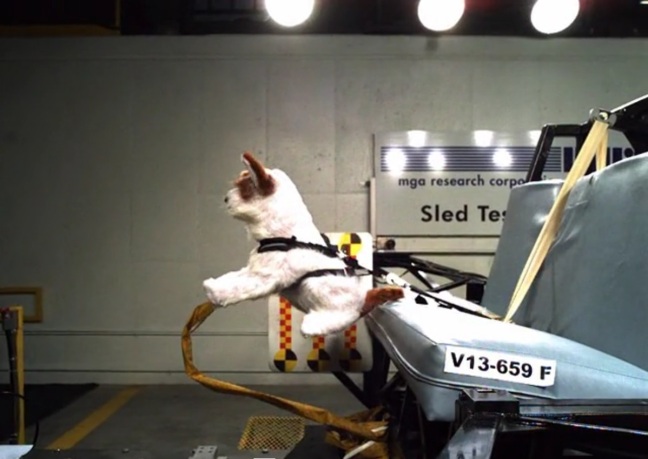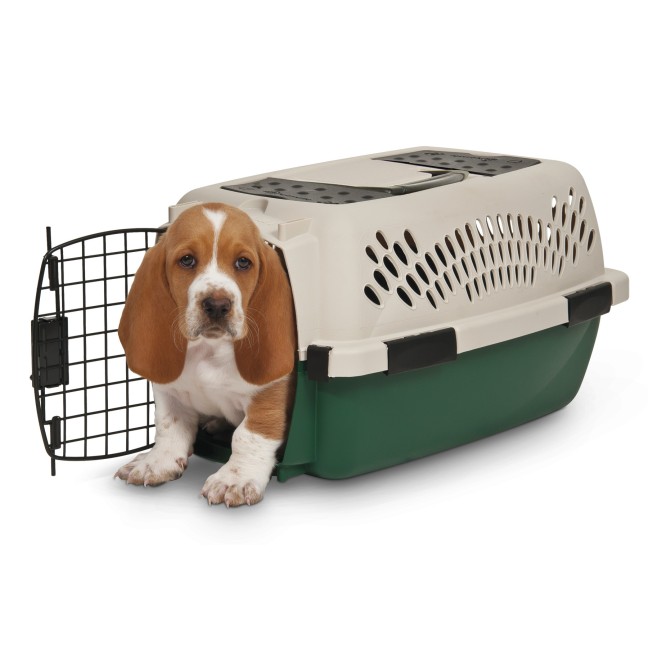 If you have a small dog like a Dachshund, a Chihuahua or a Yorkie, you might have considered an elevated seat for your pup. After all, our pets need to be restrained AND comfy at the same time, don’t they? And doesn’t a dog in a booster seat make us feel like we have a cute little baby in the car?
If you have a small dog like a Dachshund, a Chihuahua or a Yorkie, you might have considered an elevated seat for your pup. After all, our pets need to be restrained AND comfy at the same time, don’t they? And doesn’t a dog in a booster seat make us feel like we have a cute little baby in the car?

Unlike seats for kids, however, booster seats don’t have to fulfil any safety requirements, nor do they undergo crash tests. Thus, if you can bent the frame with your hands, the seat won’t be sturdy enough to keep the dog safe in an accident, so stay away from these products as they might hurt your pup.
They main function of a seat is to keep the dog restrained. That’s why the seats come with a safety strap or clip for your pet’s harness. Never use collar as it may cause your dog to choke if he or she tries to get out of the dog car seat. In addition, very energetic pups will jump and hang themselves from the safety strap if they wear a collar.
How safe are car seats for dogs?
This depends on how the seat is fitted in the car. Pulling the seatbelt through the back of the booster seat is a lot safer than attaching straps to the car seat and the headrest. If your dog’s weight is 10lbs or more, the straps will stretch under the weight and, in an accident, the booster seat might be tossed around the car. There are also dog booster seats for the center console, but these are only held in place with elastic straps.
How NOT to make your own dog car seat
Do a quick research online and you’ll find booster seats made of an old plastic drawer and duct tape or a laundry basket. Seriously? Would people also use DIY booster seats for their kids just to save a couple of dollars?

Like kids, pets are family members and it’s our duty to protect them from danger. Even if I had small dogs, I wouldn’t go for a car seat. The seat might prevent your pooch from sitting in your lap or escaping through the open window. In an accident, however, the frame of the seat might bend out of shape and injure your dog. A crate is a much safer option.








